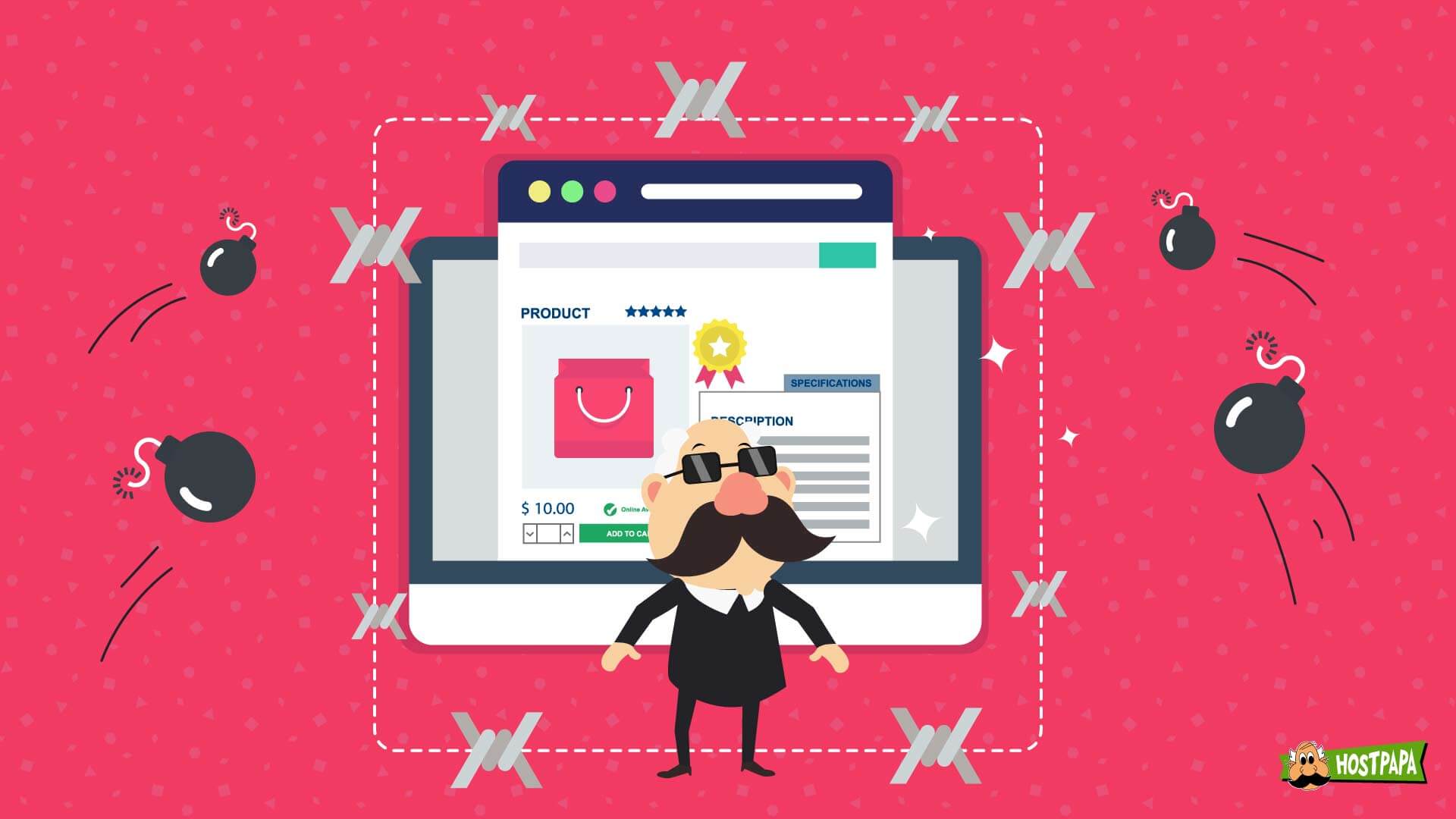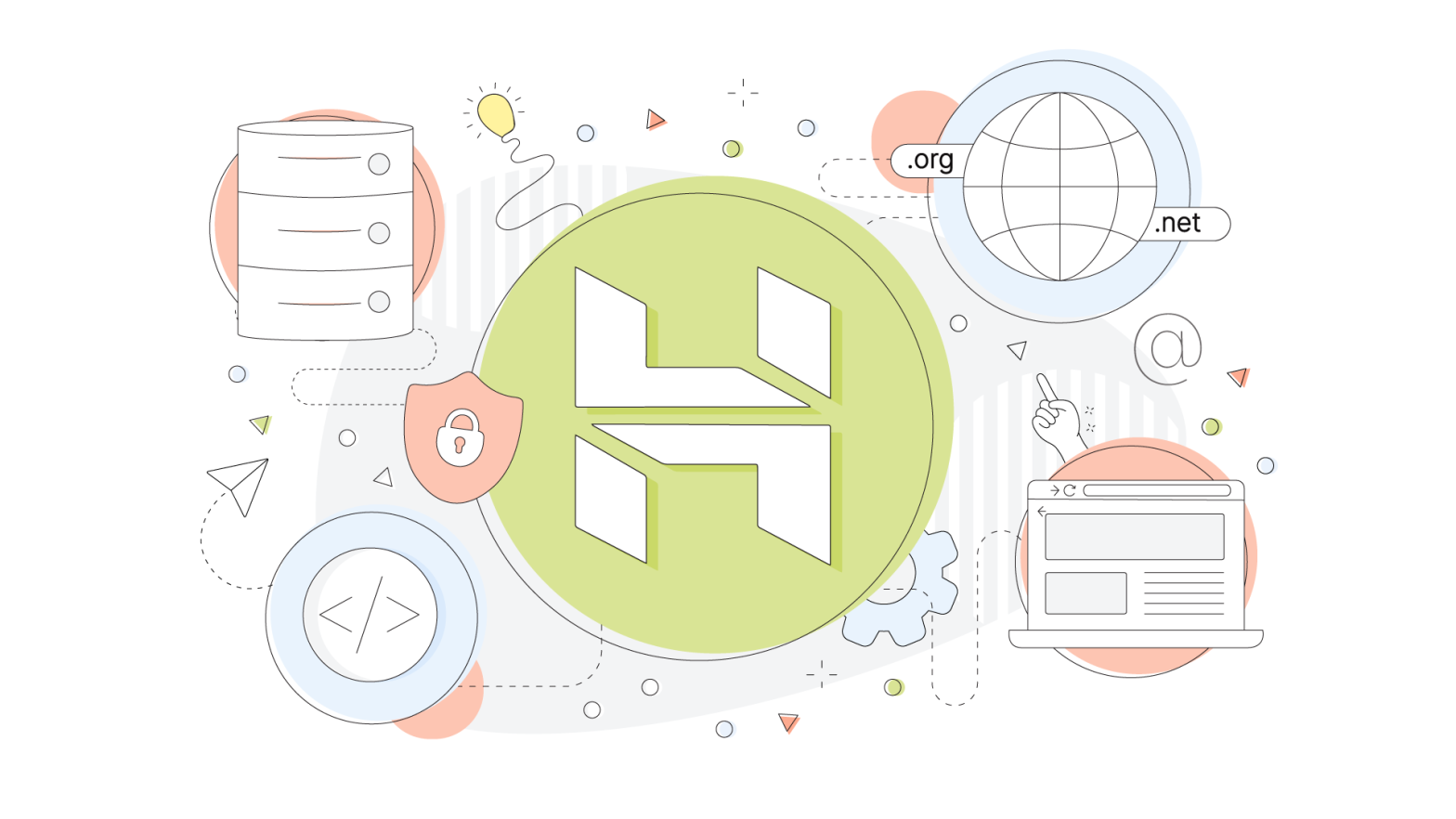In today’s business world if you want to remain competitive, connecting your SMB to the internet is essential. Getting online is the best way to reach out to potential customers, but there’s a catch. Cybercrime is a genuine threat, and it has the potential to wreak havoc on your business with devastating consequences.
In 2017, the Ponemon Institute released a whitepaper describing the state of cybersecurity in small and medium-sized businesses (SMBs). It found that as many as 58 percent of all malware attacks are targeted at SMB operations because smaller companies are especially vulnerable to that kind of security threat. Considering the scale of the increase in cybercrime each year, you can see that SMBs will continue to remain vulnerable.
Fortunately, you can take many steps to protect your business from online criminal activity. This article will look at how you can shield your business from danger in the digital landscape.
- What is Cybersecurity?
- Why Are Small Businesses Vulnerable to Cyber Attacks?
- What Are the Common Cybersecurity Threats For Small Businesses?
- How To Secure Your Business From Cybersecurity Threats
What is Cybersecurity?
Cybersecurity or Information Security is the process of protecting digital devices and assets like computers, mobiles, data, and networks from unauthorized and harmful threats. This process is used in a wide variety of digital setups and businesses.
Depending on its usage and context, there are different categories of cybersecurity, such as network security, app security, and business recovery and continuity. These are designed to tackle different types of security breaches.
Cybersecurity’s threat to the world is very real and keeps growing yearly. Risk Based Security conducted research into the scale of this threat and published a report with shocking results. According to the report, 7.9 billion records of different businesses experienced a data breach in 2019, which is twice as much as the previous year.
All types of businesses are prone to become victims of cyber attacks, from hospitals to retailers and public offices. Small businesses are the most vulnerable, though. We’ll discuss more on this below.
With such a rapid growth scale, our world today needs more protection from malicious cyber threats than ever before.
Why Are Small Businesses Vulnerable to Cyber Attacks?
With an ever-increasing threat to their data security, significant businesses and corporations have made cybersecurity a top agenda of their operational plans. Complete units are dedicated to IT security professionals and experts who work diligently to keep the company’s data safe from hackers and malicious cyber attacks.
Such a sophisticated system requires a more extensive infrastructure and expensive resources. Small businesses usually don’t have either of these. They operate on a minimum scale and modest budget, often making it challenging to develop a high-end cyber security unit within their structure and afford the salaries of IT professionals.
With a limited or non-existent security setup in place, small businesses often lack the knowledge or understanding to respond to immediate network threats and breaches. They may also not have backup plans in place to retrieve essential files in case of a data breach.
A properly well-equipped cybersecurity system doesn’t comprise only protection software and systems but also incorporates an employee training protocol. Employees are given training on best practices to protect their data and systems, making it difficult for hackers to break the code. Without these procedures, employees risk leaving points of entry open for hackers. Unfortunately, smaller businesses overlook employee training programs when devising a cybersecurity plan.
Without a sophisticated protection plan, hackers find it easier to target smaller setups, making them more vulnerable to cyber-attacks.
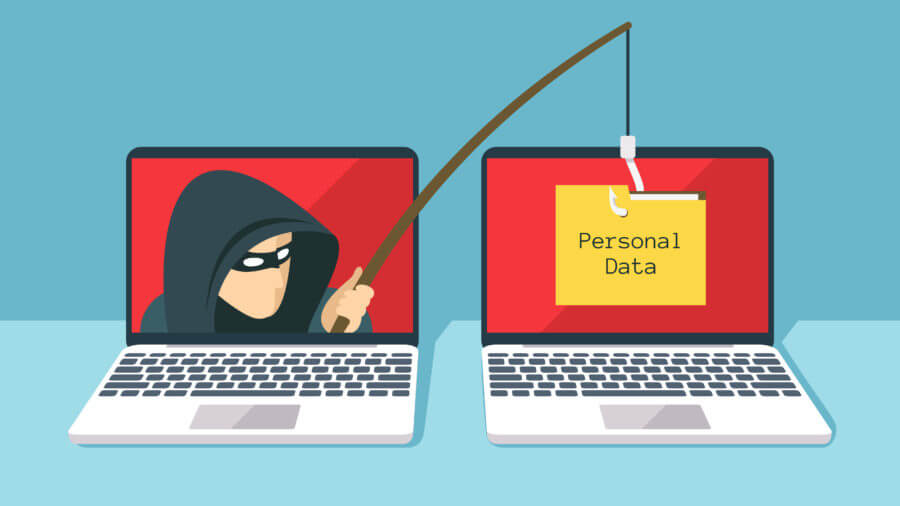
What Are the Common Cybersecurity Threats to Small Businesses?
Hackers devise various methods to get into a system. Still, their prime goal is usually the same, i.e. to gain access to sensitive information like identity records and bank account details. To be capable of protecting your data from such malicious attacks, you must educate yourself on some of the common and widely used cyber threats in today’s digital world.
We’ve put a list together to explain what you should be on the lookout for and how to protect yourself.
Malware
The term malware combines the words “malicious” and “software” to represent a pretty big category of security threats for SMBs to be concerned about.
You can think of malware as any malicious software that causes adverse effects after it’s been installed on a computer or network. The effects could be deleted files or having your laptop send hundreds of emails to people in your address book. Malware could be a virus, worm, Trojan horse, spyware, adware, or scareware.
Luckily these threats can be avoided by following best practices and not opening any suspicious attachments. User training to enhance security awareness is one of the most effective methods for preventing malware, so think about implementing something like that in your business, regardless of how small your company is.
Phishing
Phishing is a problem that seems never to go away. Cybercriminals use a tactic to steal your passwords and account information. A phishing attack involves email, which the attackers will use as the delivery mechanism for their trap. The email will appear to be from a trustworthy source, like your hosting provider, and it may ask you for your login details.
More commonly, a phishing email will include a link that looks legitimate. The email will prompt you to follow the link to either log into your account or enter your credentials as part of a password reset procedure.
What’s happening is that the link redirects to a website with a very similar URL to the actual site, but it’s a fake hosted on the attackers’ servers. The criminals can read the username and password information you enter into their web form. Then, the attackers can log into your account and take over. If it’s your web hosting account, they can redirect your site, access sensitive data, or take any malicious steps they choose.
Social Engineering
Social engineering is difficult to detect because the perpetrators are usually very convincing. It comes in many forms, but the most common version of social engineering happens via telephone or in person. The caller will try to gain your trust by impersonating a member of a reputable tech company’s support staff. The criminal aims to convince you to reveal your username and password.
Sometimes a social engineering attack will involve instructions that have you unknowingly install malware on your computer. Once that happens, your computer can spread viruses and malware around the network and put other users at risk.
DDoS
A Distributed Denial of Service attack is terrible for small businesses that rely on web services to operate. This type of attack happens when multiple hosts send many bogus requests to a website. The sudden spike in requests that the server has to respond to overwhelms the system and takes it offline, making your website unavailable.
APT
An advanced persistent threat, or APT, poses a longer-term but more extreme risk to a business. With an APT, a hacker gets into a system in multiple phases to avoid easy detection. With multiple breaches over time, the hacker gets to develop a strong base inside the system and develop alternate routes to access data in case they are discovered.
Inside Attack
As the name suggests, an inside attack comes from a person within the organization who has authorized access to critical information. The biggest threat of inside attacks comes from ex-employees whose access has not yet been terminated with their exit. Such people can misuse their credentials to break into the company database and access sensitive information.
Passwords
Hacking passwords is one of the most common security threats nowadays. Hackers employ different methods to crack encrypted passwords. Sometimes they use special tools and programs to decode the password. Other processes include a dictionary attack, where a program tries different dictionary word combinations, and a keylogging method. Here, the hackers track the user’s keystrokes to decipher password details.
Man in the Middle Attack
During the Man in the Middle Attack (MITM), the hacker becomes the middle person who intercepts information and communication between two parties without their knowledge. The hacker can then easily control and manipulate the communication.
A typical example of an MITM attack would be, for instance, a vulnerability in a banking app that would expose the mobile app users’ account details to a hacker without their knowledge. Meanwhile, the customers would assume they communicate directly with their bank without any middleman lurking between intercepting confidential information.
Ransomware Attack
Similar to real-world ransom kidnappings, a ransomware attack releases a bug or malware into one’s system in the cyber world. The hacker then demands a ransom to have the malware go away. Such attacks threaten to publish your confidential information or lock you out of your system unless, of course, you pay the ransom.
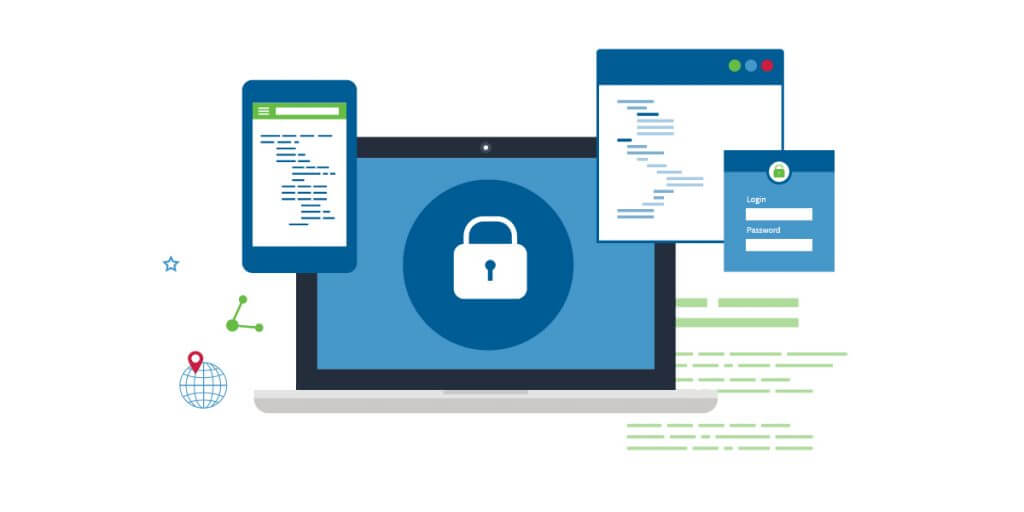
How To Secure Your Business From Cybersecurity Threats
You must keep your systems safe and secure to ensure your business runs smoothly. To do this, you must employ a few security safeguards within your SMB, but luckily they’re quite straightforward. This section breaks them down for you.
Install Antivirus Software
Installing antivirus software is one of the simplest ways to protect your computers and the network they’re part of. Many brands of antivirus software brands are out there, each designed to operate in different market segments. Small and medium-sized businesses can find affordable solutions that protect their end-users and servers from malware and unauthorized connections.
Use a VPN for Secure Communications
Many companies rely on a mobile workforce that travels to remote locations to conduct business. This can include salespeople, mobile technicians, and executives that need to attend meetings in different cities and countries. To maintain a secure communications channel with the office, it’s important to use a Virtual Private Network (VPN).
A VPN creates a secure tunnel between clients and servers and encrypts all data between the two parties. Anyone trying to eavesdrop and intercept your communications will only see unreadable characters that they won’t be able to use.
Strengthen Your Passwords
You would think that, by now, the average business owner would have a much better grasp of online security, but, sadly, people use weak passwords all the time. Passwords like 123456 or the classic password123 are still very popular.
Hackers use scripts and malware to target logins from databases containing all the most commonly used passwords. If you use a weak password for any account, that account is far more likely to be compromised. User training is an effective way to stress the importance of password strength and security to your employees. Enforcing a strong password policy can also ensure that staff members are not using weak passwords or reusing the same passwords repeatedly.
Another safeguard you can put in place is a password lockout policy. If an attacker tries to log in too many times with the wrong password, that account will be locked, preventing further attempts.
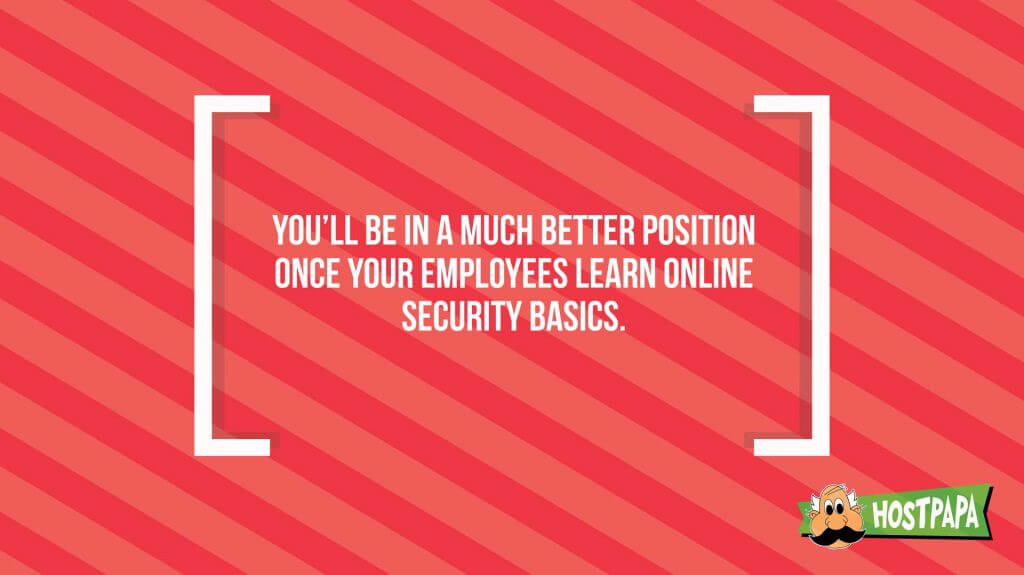
Regularly Update Systems
Whether you have an office full of computers and networking equipment or a single website hosted on someone else’s servers, you need to ensure that your software is regularly updated.
Operating systems and appliances need to be patched when updates become available because the creators of these products are fixing bugs and security flaws that they were unaware of at the time of the previous release.
The same is true for your website and plugins. There may be unrecognized security holes in your web applications, plugins, and CMS system, so always ensure that everything is up to date. If you use an excellent hosting company, you will probably find that they keep all of the backend systems up to date, but check with your provider. If there’s a software you need to update yourself, make sure that you verify compatibility with your site, and always test offline with a copy of your site before finalizing any updates.
Create Regular Backups
This has to be one of the easiest ways to protect your business data. Even if all you do is a weekly backup to removable storage like a thumb drive, you’re capturing valuable snapshots of your data.
Some backup service providers will copy your data to the cloud, making it much less vulnerable to loss and corruption. It’s a good safeguard against ransomware, which can lock you out of your data, rendering years of records and files useless.
Whether you use a service, install software to automate the backup process, or have a simple reminder on your calendar, doing regular backups is the most important step to protect your data.
Use Two-Factor Authentication and Facial Recognition For Logins
Two-Factor Authentications and Biometrics provide strong protection against fraud logins, limiting entry points for hackers. Users must submit a numerical code received through an SMS or email, which they have to feed to their password to gain access.
Major businesses and companies increasingly use biometric logins like fingerprint and facial recognition for an authentic employee login. These minimize the risk of impersonators and forged entries into systems, limiting the chances of leaked passwords.
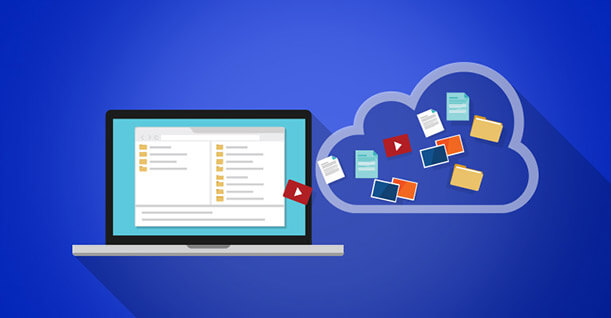
Incorporate a Security Plan For Mobile Devices
Employees often access their official data like drives, sheets, and email on multiple devices, the cell phone being the most common. Logging from various devices can seriously threaten cybersecurity and provide easy entry points for hackers.
A complete security plan should include a system of mobile security to avoid such lapses and errors. The same strict login protocols that are in place on laptops should be used on all devices.
Use Encryption Software to Protect Sensitive Data
Information is your business’s lifeline, so it must be protected at all costs. If you lose your customer files or invoice history, your ability to make money would be severely impacted. Similarly, employee information is also confidential data that must be protected from intrusions.
If you lose your current orders or work in progress, you could upset customers and risk damaging your business reputation and losing valuable data.
The best way to safeguard your sensitive data is by using encryption software. Encryption software uses cryptography to code digital information and protects it from unauthorized access.
Use Trusted Service Providers
Free online services can be a great way for an SMB to save money. Thanks to some of the tech giants that offer storage and email solutions for free, we’ve gotten used to not having to pay for some basic services.
You must be sure that you understand the terms and conditions of any online service that stores your business data, especially in light of new European regulations like the GDPR. Violating the GDPR can land you in serious trouble. If you do not adhere to its guidelines, the penalties are steep and can affect your revenue, so make sure that you vet all of your providers before you sign up for their free online services.
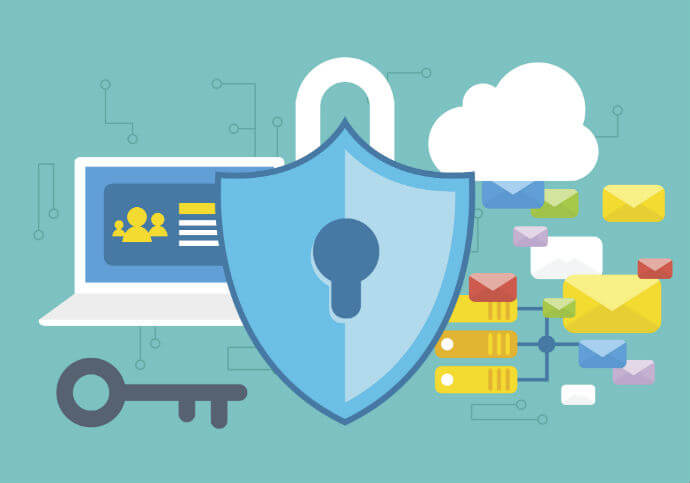
Limit Access to Your Files and Resources
If you run a small company, access to your business data and online resources should be given only to people who need it to do their job, and everyone else should be denied access. Limiting access is a best practice and will help to prevent data leaks, file deletion, and file tampering, although the danger can never be fully mitigated. People are the weakest link in the security chain, so limiting access to your business data can be your first line of defence.
Take a Proactive Approach to Cybersecurity
Keeping backups of your data, updating your antivirus software, and limiting access to your resources will go a long way towards protecting your business from hackers and scams.
One thing, in particular, user training, will significantly impact keeping your SMB secure. You’ll be in a much better position once your employees understand why they shouldn’t open suspicious emails, know not to give out passwords over the phone, and learn other online security basics.
We hope that these tips will help you protect your SMB and that you can start to build a security-conscious organization that takes a proactive approach to keep your business data and online resources safe.
Do you have any online safety procedures in place for your business?
